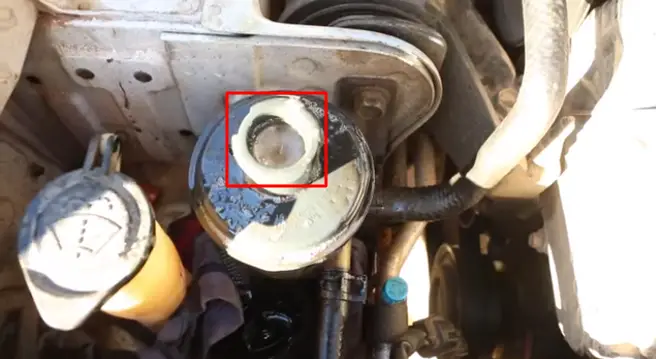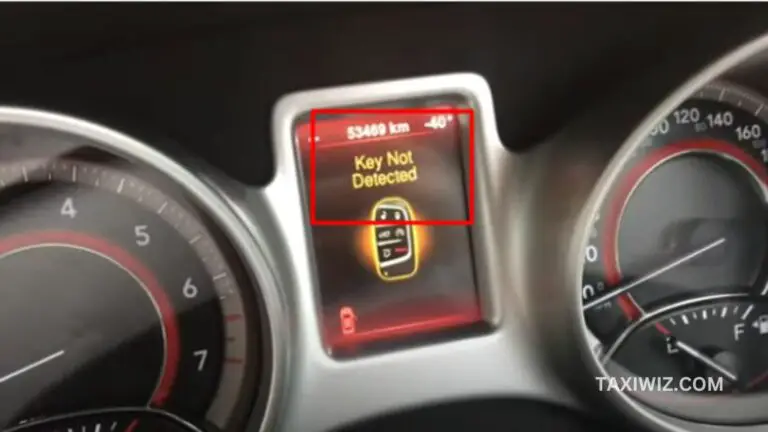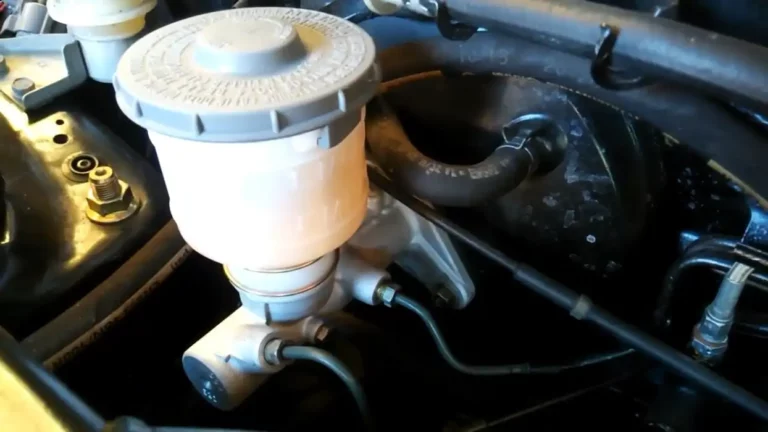Power Steering Fluid Foaming – [How To Deal With It]
The hydraulic fuel known as power steering fluid is essential to the proper operation of power steering systems. It not only provides lubrication to the system but also works against corrosion.
If you notice that your car’s Power Steering Fluid Foaming, this is usually a sign of a greater problem. The foaming fluid might be accompanied by stiff steering, as well as growling noises from under the hood.
This issue is usually caused by air entering the power steering system. But there could be other reasons as well.

How Do Power Steering Systems Work?
Power steering allows drivers to turn the steering wheel very easily while exerting great control and power.
While most modern vehicles employ electric power steering (EPS) systems, traditional power steering systems make use of a hydraulic fluid, called power steering fluid.
If the fluid is compromised, it can cause problems like increased effort and damage to components, affecting maneuverability and safety.
Why is Your Power Steering Fluid Foaming?
Your vehicle’s power steering fluid is made up of specific chemicals which must remain undisturbed in order to work properly. Foaming liquid is a sure sign of a faulty system. The cause could be any of the following:
1. Air Entering the Power Steering System
If there is an opening in the power steering system, this can cause air to flow into it from the pipework between the pump and reservoir.
The tank and the power steering system connect to each other with the help of hoses and tubes. The entry and exit of these hoses are tightened with clips. A loose or damaged pin lets air into the system.
Air can also enter the system through the steering pump’s first seal or due to a low-pressure connection with the pump.
When this air enters the system, the internal vane movement causes it to mix with the power steering fluid, which then results in foaming. And when air enters a power steering system, it can be quite difficult to get out.
Read also: Why Power Steering Fluid Leaking Fast?
2. Compromised Pump Seals
The power steering system includes a pump that controls the flow of hydraulic fluid. Together with seals and covers, the pump plays an important role in maintaining the pressure of the system.
A damaged seal in the pump body can cause fluid leakage and affect the pressure. This then leads to power steering fluid foaming.
3. Problems with the Piping
As mentioned above, the power steering system consists of piping being fed into it through hoses or tubes.
If this piping is damaged, there are higher chances of air entering it. This also creates possibilities of leakage. Check out the tank level; if it looks different, you might be dealing with a leakage.
How to Solve Power Steering Fluid Foaming?
Of course, we recommend enlisting the help of a mechanic to anyone struggling with power steering fluid foaming problems.
However, if you’re handy with car mechanics, you might be able to do some preliminary checks yourself.
Pipework Inspection
It is customary for mechanics to inspect the power steering system for leaking points to find entryways where air could be coming in through. It’s important to check all connections, such as joints, seals, and clips.
Signs to look out for include swelling in the hoses and fittings, wet spots in the lines and fittings, wet or moist areas behind the pulley of the steering pump, steering pump leaks, reservoir leaks, and loose hoses.
It is typical for these problems to be discovered between the reservoir and the pump.
Read also: Popping Noise In Steering Wheel When Turning – Causes & Fixes
Remove the Foam
It is possible to remove foam from the power steering fluid by turning the steering wheel multiple times. Alternatively, some people also boil the fluid to remove the foam, then use a plunger to push out the foam.
However, it’s not recommended to try this if you’re not familiar with the boiling point of the power steering fluid. If it is over-boiled, the foam might develop a more viscous consistency.
Replace or Repair Defective Parts
If it is in fact defective parts which are causing your power steering fluid to start foaming and bubbling, repairing and/or replacing is the best course of action.
Needless to say, a car’s steering system is one of its most complicated systems. Although it might be easy to inspect components, hiring a mechanic to resolve it is a much smarter thing to do.
Frequently Asked Questions (FAQs)
1. Why is my vehicle’s power steering fluid foaming?
It could be chalked up to any of the following problems:
- Issues with the pipework between the reservoir and the pump
- Small pressure line punctures
- A cracked power steering fluid reservoir
- Low-pressure pump connection
2. What problems are caused by frothy power steering fluid?
The other signs and symptoms that usually accompany foaming power steering fluid are:
- A grunting noise comes from under the hood when you begin to turn at low maneuvers
- Pulsating or vibrating steering wheel
- Bubbles forming inside the power steering fluid
- The steering wheel is much harder to maneuver.
- How much does it cost to fix foaming power steering?
The average cost of repairs for replacing an old power steering hose ranges from $400 to $900. car.
Final Words
Preventing frothy power steering fluid can be difficult to do if you’re not aware. As such, it’s important to maintain proper fluid levels, use the correct fluid, and regularly check for leaks.
And it goes without saying that you should have system components inspected for wear and tear. These measures help ensure smooth power steering operation and reduce the chances of fluid foaming.

![Cylinder 2 Misfire After Spark Plug Change –[Causes & Fixes]](https://taxiwiz.com/wp-content/uploads/2023/07/Cylinder-2-Misfire-After-Spark-Plug-Change-768x432.jpg)



